
 Facilities of Cooperative Study Program: Facilities of Cooperative Study Program:
MU Radar (Middle and Upper Atmosphere Radar) and Shigaraki MU observatory
Overview
The MU radar, located at Shigaraki MU observatory, Shigaraki, Japan, is known as the most capable atmospheric radar in the world. It has been used by both domestic and international researchers since 1984 for the study of variability of the Earth's atmosphere from variety of perspectives from meteorology to upper atmospheric dynamics.
MU Radar
The MU radar uses VHF radio waves with a frequency of 46.5 MHz (3.5 MHz bandwidth and 1 MW peak output power). The antenna area consists of 475 Yagi antennas arranged in a circular array of 103 m diameter. Fast beam steering and flexibility for various observation configurations are the characteristics of MU radar. In 2004, MU radar imaging observation system with ultra multi-channel digital receivers was installed for the study of detailed structures in the atmosphere.
Outlook of the MU radar
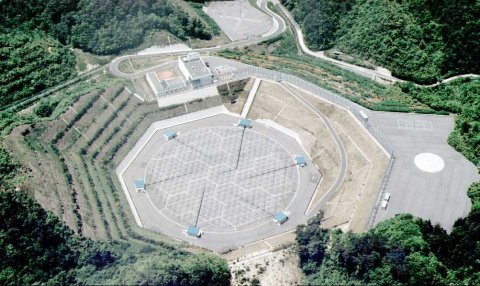
Large size JPEG file (960 × 720, 180 kB)
Array antenna
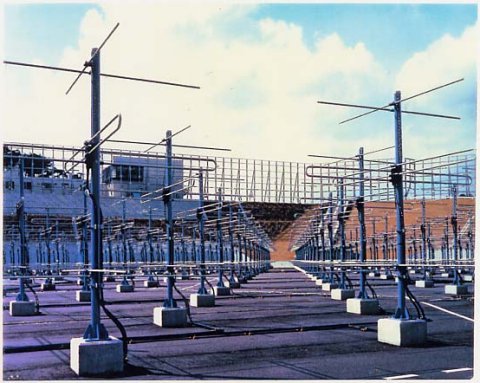
TX/RX modules
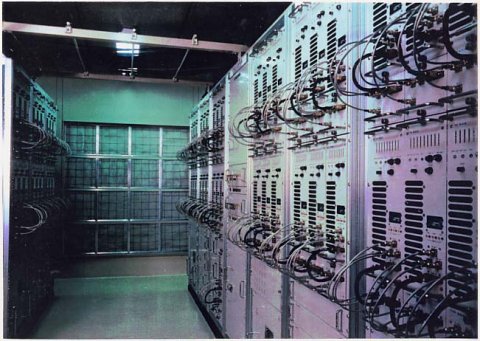
MU radar observatory and various instruments
The novel technique of the MU radar has been applied to the development of various other types of atmospheric radars. Many of them and other instruments are operated in Shigaraki MU Observatory that is becoming a core center of atmospheric observation.
Millimeter-wave Doppler radar
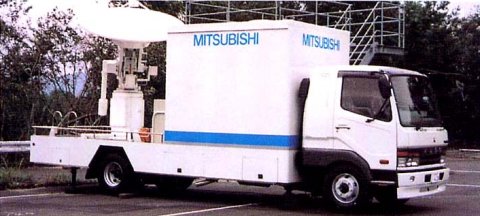
L-band lower troposphere radar
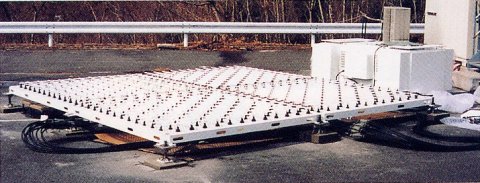
Lower thermosphere proflier radar
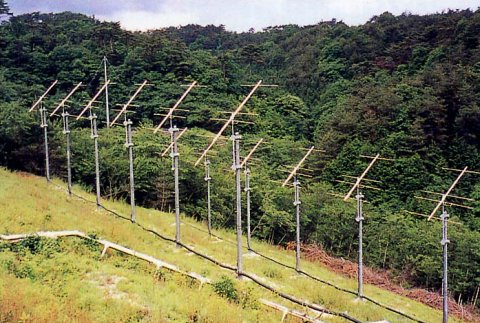
Rayleigh Raman lidar
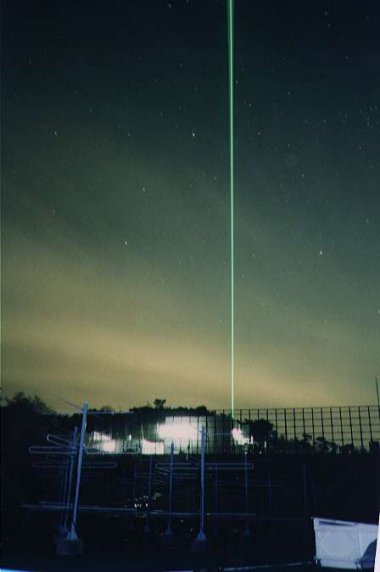
Return to Top page | Department of Collaborative Research Programs.
|

